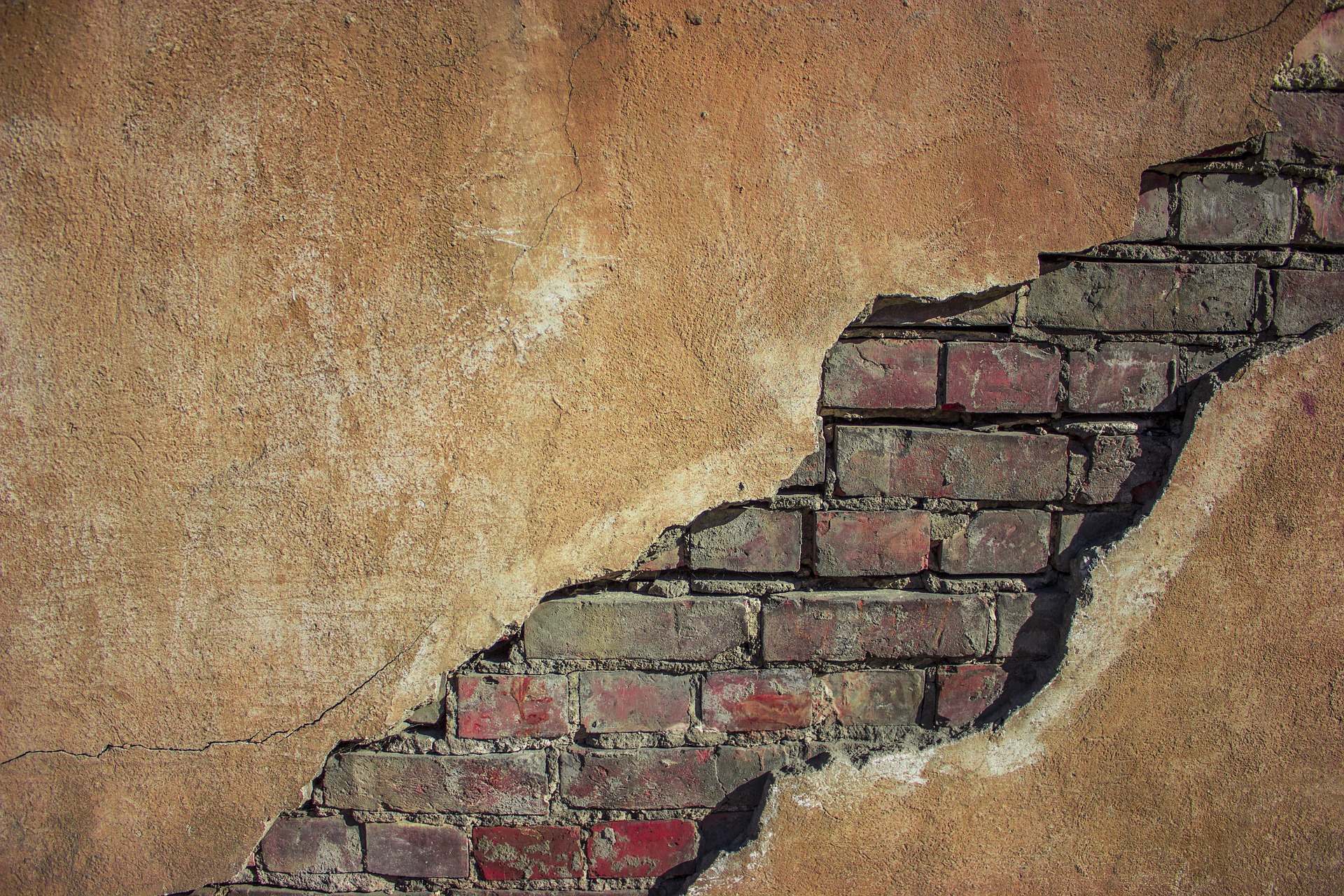Signs Of Subsidence: What To Look Out For

Subsidence is one of the most serious and incredibly damaging issues that your home can encounter. If left unattended, subsidence can cause significant problems for your house, resulting in structural damage that could leave you with a hefty bill. But it can be all too easy to let the signs of subsidence slip right by you if you don’t know what to look for.
Not sure how to spot these signs? Keep on reading to find out the leading subsidence indicators and how you can best prevent them from happening.
Cracks
Subsidence cracks are one of the leading and most obvious signs of a problem with your home. Cracks that are more than 3mm in width, diagonal and broader at the top than at the bottom can point to a more significant issue. You may also notice that these cracks will be found internally and externally and will usually be located close to doors and windows. You may also notice cracks where an extension joins your house. If you spot these cracks, it is best to have them looked at as soon as possible.
Wallpaper
Surprisingly, wallpaper can indicate a serious issue with subsidence. Your wallpaper should stay flat and flush to the wall – if you notice that it has begun crinkling at the wall and ceiling joints, then this can point to subsidence. It may not always, but it is a big enough indicator to get it checked out.
Doors
Have you noticed that your doors are not fitting as they once were? This is far from a natural part of a house ageing. If doors and windows are sticking or simply not closing properly for no apparent reason, this can strongly point to subsidence issues. Subsidence can cause door and window frames to warp, which is what causes this, so check for this if you are concerned about subsidence.
What You Can Do
Do you think that your property might be a subsidence risk? Then you should try to cut the chances of this happening down as much as possible. You should avoid planting trees close to your home but avoid digging up foliage that is already on your property. However, this foliage can be well kept with pruning, as this can help to reduce the amount of water absorbed by these plants.
You should also ensure that you keep your external plumbing, including guttering and pipes, in good order with no leaks. You should periodically check this to ensure that you are not gathering water anywhere on your property.
With these tips, you should be able to reduce the likelihood of subsidence occurring. However, if you find yourself concerned about the damage that might occur, get in touch with Crowthorne Insurance to see how we can best protect you in case of subsidence.
Image Source: Pixabay
